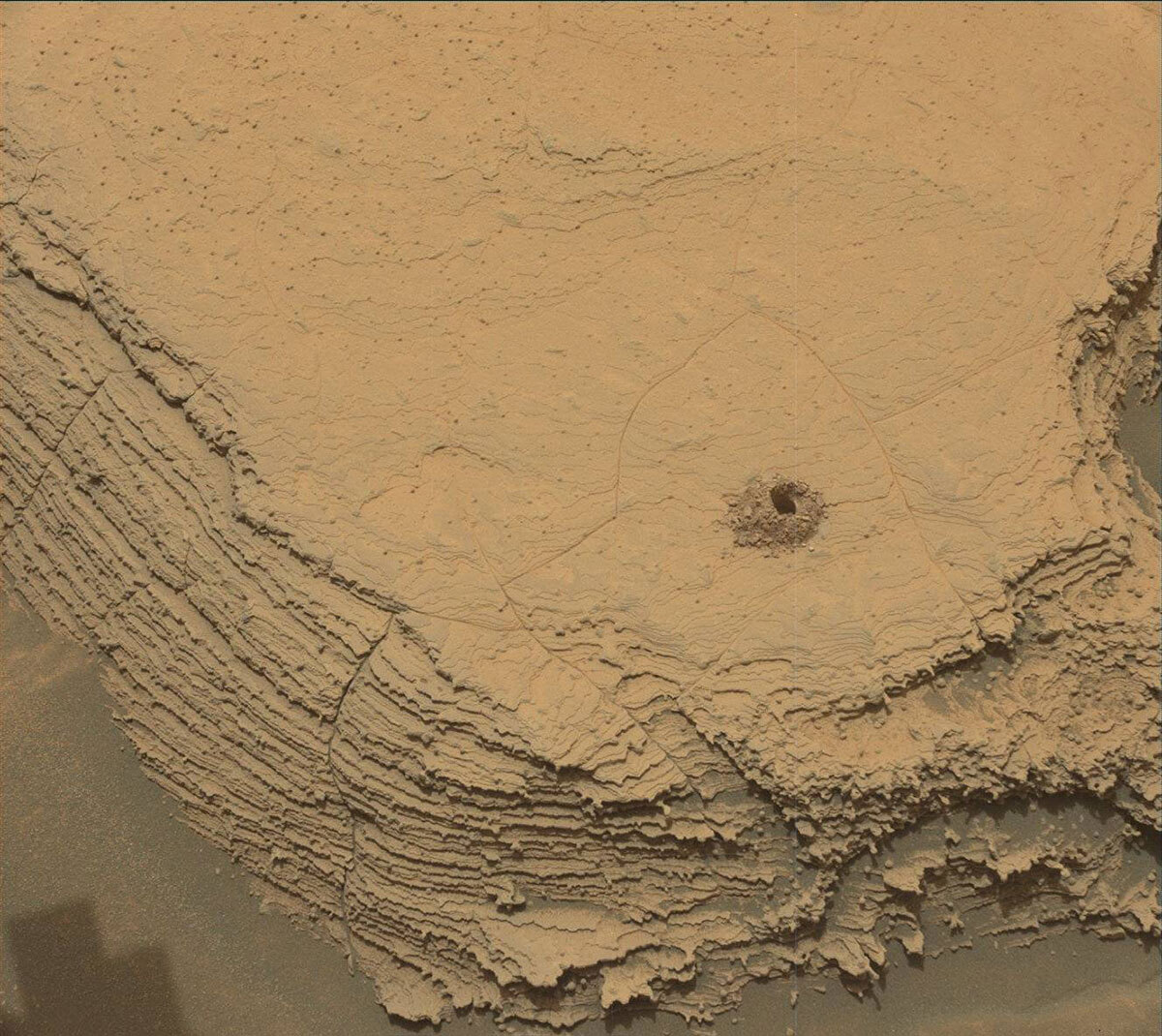2 min read

The Curiosity team continues with our "Canaima" drill campaign.
Today’s 2-sol plan will provide our first look at the minerals present within this sample. This is complementary but different than the chemical compositions provided by ChemCam and APXS before we drilled. CheMin uses X-ray diffraction to confirm crystalline mineralogy, they direct a beam of X-rays, as fine as a human hair, through the drilled sample. The X-rays interact with the material and then diffract at specific angles. This creates a diffraction pattern that can be used to uniquely identify the crystalline minerals present. Understanding the crystal structure provides a clearer picture of the environment in which they formed and how they’ve been altered subsequently.
After delivering sample to CheMin with the our robotic arm, CheMin will work through the night integrating and building a robust diffraction pattern to be sent back to Earth in the morning. Our SAM instrument will also prepare its sample cup to receive sample in Friday's plan, pending the results from CheMin.
In addition to these activities, we also used ChemCam to look inside the drill hole and the drill tailings left behind before they could be potentially mobilized by wind. As is a common theme, we continue with our regular cadence of environmental monitoring.
Written by Elena Amador-French, Science Operations Coordinator at NASA's Jet Propulsion Laboratory







